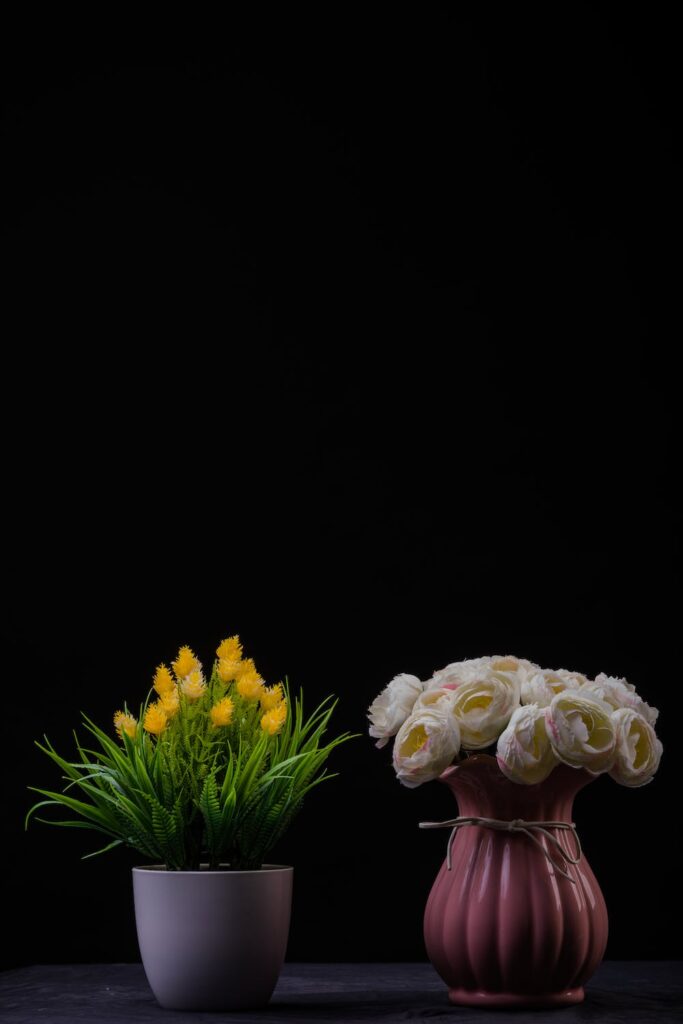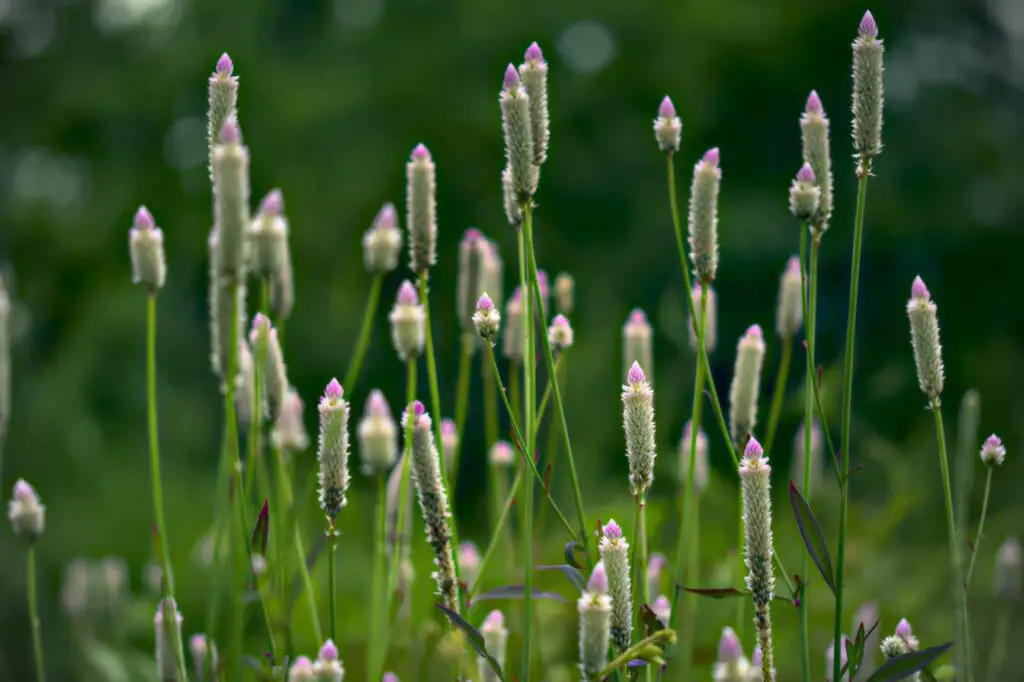Celosia plants are beautiful and unique houseplants that add a touch of colour and texture to any indoor space. With their bright, vibrant blooms and distinctive appearance, they make an excellent addition to any plant collection. Celosia plants are easy to care for and come in a variety of colors and shapes, making them a versatile choice for any home or office.
In this article, we’ll dive into the world of celosia houseplants, exploring their history, care requirements, and some popular varieties.


Table of Contents
History of Celosia Plants
Celosia plants are part of the Amaranthaceae family, which includes over 2,500 species of plants. They are native to tropical regions of Africa, Asia, and South America. The name “celosia” comes from the Greek word “keleos,” which means “burning,” referring to the flame-like appearance of the plant’s flower spikes.
Celosia plants have a long history of cultivation, dating back to ancient civilisations such as the Aztecs and the Incas. They were used for both ornamental and medicinal purposes, and their seeds were considered a source of food.
In the 18th century, celosia plants were introduced to Europe and quickly gained popularity as a decorative plant. Today, celosia plants are grown worldwide and are a popular choice for both indoor and outdoor gardening.
Types of Celosia Plants
There are several types of celosia plants, each with its unique characteristics and growing requirements. Here are a few of the most popular varieties:
- Celosia cristata: Also known as the crested celosia, this variety features large, velvety flower heads that resemble brain coral. The blooms can range in colour from pink and purple to orange and red.
- Celosia argentea: Also called silver cock’s comb, this variety has narrow, pointed leaves and long, spiky flowers that resemble the comb of a rooster. The flowers come in shades of pink, purple, red, and yellow.
- Celosia spicata: This variety features tall, spiky flower stalks that can grow up to 2 feet tall (0.6 metres). The flowers are small and delicate and come in shades of pink, purple, and white.
- Celosia plumosa: Also known as feather celosia, this variety has feathery, plume-like flower heads that come in a range of colours, including red, pink, orange, and yellow.
- Celosia caracas: This variety features striking, flame-like flowers that come in shades of red, orange, and yellow. The blooms are long-lasting and make a stunning addition to any floral arrangement.


Care Requirements for Celosia Plants
Celosia plants are relatively easy to care for and make an excellent choice for beginners. Here are some basic care requirements to keep in mind:
Light: Celosia plants require bright, indirect light to thrive. Place them near a window that receives plenty of natural sunlight but avoid direct sunlight, which can scorch the leaves and flowers. If the plant is not receiving enough light, it may produce fewer flowers or have stunted growth.
Temperature: Celosia plants prefer warm temperatures between 65-80°F (18-26°C). Keep them away from drafts and cold windows, which can cause the leaves to wilt. During the winter months, it’s essential to keep the plant away from cold drafts and heating vents.
Watering: Celosia plants require regular watering to keep the soil moist. Water them once a week or when the top inch of soil feels dry to the touch. Avoid overwatering, which can cause root rot. Waterlogged soil can cause the plant’s leaves to turn yellow, and the plant may die. If the plant is not receiving enough water, the leaves may start to droop.
Humidity: Celosia plants prefer high humidity levels. You can increase humidity by placing a tray of water near the plant or by using a humidifier. Mist the leaves occasionally to keep them moist, and wipe them with a damp cloth to remove any dust that may have settled on the foliage.
Fertiliser: Celosia plants benefit from regular fertilisation during the growing season. Use a balanced fertiliser once a month, following the manufacturer’s instructions. Avoid over-fertilising, which can cause the plant’s leaves to turn yellow and may damage the roots.
Soil: Celosia plants prefer well-draining soil that is rich in organic matter. Use a potting mix that contains peat moss, perlite, and vermiculite to provide good drainage. Avoid using heavy soils that can retain water and cause root rot.
Pruning: Celosia plants do not require much pruning, but it’s essential to remove dead or damaged leaves and flowers regularly. Pinch back the tips of the plant to encourage bushier growth and more abundant blooms.
Pests and Diseases: Celosia plants are susceptible to pests such as spider mites, mealybugs, and aphids. Check the plant regularly for signs of infestation and treat them with an insecticidal soap. The plant can also develop diseases such as powdery mildew and root rot. Ensure proper watering and drainage, and avoid overcrowding the plant to prevent diseases.
Propagation of Celosia Plants
Celosia plants can be propagated through seeds or stem cuttings. Here’s how to propagate a celosia plant using stem cuttings:
- Take a stem cutting from the mother plant that is 4-6 inches (15-20 centimetres) long and has at least two sets of leaves.
- Remove the lower leaves, leaving only the top two sets of leaves.
- Dip the cut end of the stem into rooting hormone and plant it in a pot filled with well-draining soil.
- Water the plant thoroughly and place it in bright, indirect light.
- Keep the soil moist but not waterlogged, and cover the pot with a plastic bag to increase humidity.
- In 2-3 weeks, the cutting should start to produce new growth. Once the plant has established roots, remove the plastic bag and care for it as you would a mature celosia plant.
Conclusion
Celosia plants are a great addition to any indoor plant collection, with their unique and striking appearance, ease of care, and ability to thrive in a variety of indoor environments. These plants prefer bright, indirect light, warm temperatures, regular watering, and high humidity levels. It is important to use well-draining soil and avoid over-fertilisation to prevent issues such as root rot and yellowing leaves. Pruning dead or damaged leaves and flowers and treating pests and diseases promptly can help keep your celosia plants healthy and thriving. Overall, celosia plants are a low-maintenance and rewarding houseplant choice that can brighten up any living space with their vibrant colours and unique texture.
